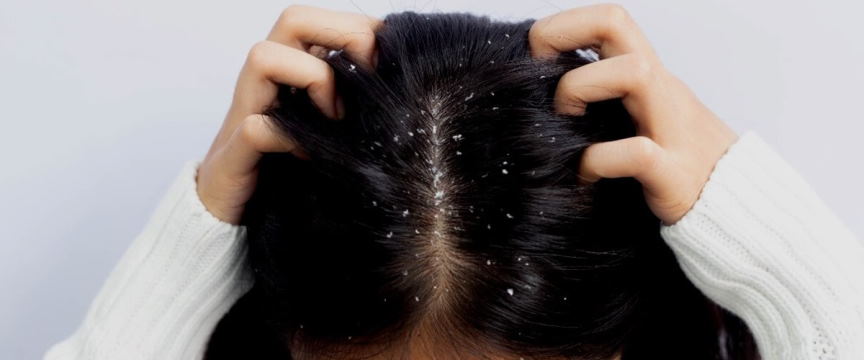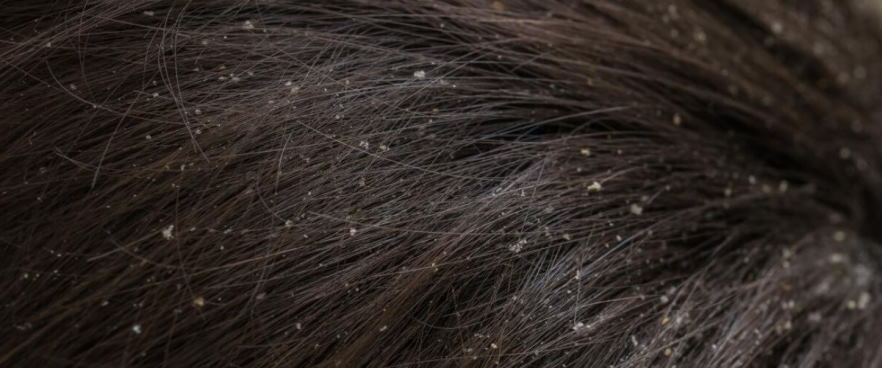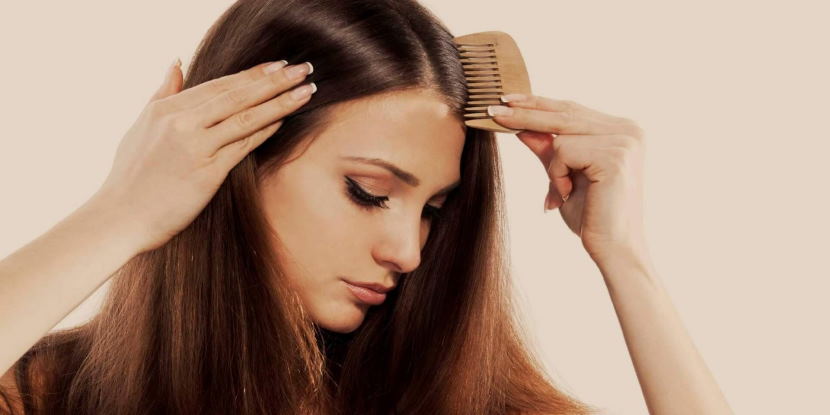
Causes of dandruff on the head
Dandruff can be embarrassing, but it’s also very common. In fact, chances are you know someone who suffers from dandruff. While the flakes can be a nuisance, they’re usually not indicative of a serious health condition. However, dandruff can sometimes be a sign of an underlying skin condition. Read on to learn more about the causes of dandruff and what you can do to get rid of it.
What causes dandruff
Dandruff is caused by a fungus called Pityrosporum ovale. This fungus lives on the skin of almost everyone, but it can get out of control and cause dandruff in some people. The fungus feeds on what the sebaceous glands produce on the scalp. When the fungus multiplies, it disrupts the process of renewing and exfoliating skin cells. This results in dead skin cells gathering on the surface of the skin in the form of flakes, which we call dandruff.
Dandruff can be caused by:
- stress;
- diseases of the nervous system;
- hormonal changes that affect the work of the sebaceous glands;
- immune disorders;
- too frequent or infrequent hair washing;
- abuse of hair products: gels, varnishes, and others;
- cold or very hot climate.
How to get rid of dandruff at home
To get rid of dandruff at home, follow these rules:
Before washing your hair, brush it gently. Wash your hair every day. This may help to reduce the amount of dandruff you have. If you have a lot of dandruff or your scalp is red, use an anti-dandruff shampoo. Follow the instructions on the shampoo package.
Many dandruff shampoos need to be put on the hair and left there for 10-15 minutes before washing it off. If the shampoo doesn’t work after a few weeks, try a new one. Tar products usually work well against dandruff,” says cosmetologist Aigul Mullagalieva.
Don’t scratch or pick at your scalp because it will only make dandruff look worse.
Effective shampoos
You should not believe everything you see on TV. If you have dandruff, you need to pick a shampoo that will help get rid of it. When choosing a shampoo, look at the ingredients to see if it will work for you.

The following items must be listed on the label:
- Zinc pyrithione – kills fungus and other microorganisms that can cause skin diseases and dandruff;
- Salicylic acid – softens dead skin particles (after application, some experience dry skin, in this case, conditioner helps);
- Selenium sulfide – slows down the renewal of skin cells and kills fungi;
- Ketoconazole – has a powerful antifungal effect;
- Tar – slows down the division and renewal of skin cells.
Home methods of treatment
If you don’t want to use chemicals, try some home remedies:
- Mix 1 tablespoon of baking soda with a little water and massage into the scalp. Rinse with warm water. Do this once a week;
- Dissolve a few aspirin tablets in water and rinse your hair with the solution;
- Apply aloe vera gel to the scalp and leave it on for 30 minutes. Rinse with warm water;
- Rub your scalp with onion juice;
- Massage your scalp with olive oil. Wrap your head in a towel and leave for 30 minutes. Shampoo, as usual. Do this once a week;
- Mix two tablespoons of apple cider vinegar with 1 cup of water and rinse your hair with the solution.
If you have tried different shampoos and home remedies, but nothing has worked, see a dermatologist. A dermatologist can prescribe a stronger shampoo or other treatment.

